详细说明
Species Reactivity
Human
Specificity
Detects human IL-31 RA in direct ELISAs and Western blots. In direct ELISAs and Western blots, no cross-reactivity with recombinant mouse IL-31 RA is observed.
Source
Monoclonal Rat IgG 1 Clone # 313308
Purification
Protein A or G purified from hybridoma culture supernatant
Immunogen
NS0-derived rhIL-31 RA extracellular domain
aa 20-516
Accession # NP_620586Formulation
Supplied 0.2 mg/mL in a saline solution containing BSA and Sodium Azide.
Label
Alexa Fluor 405
Applications
Recommended
ConcentrationSample
Flow Cytometry
0.25-1 µg/10 6 cells
U937 human histiocytic lymphoma cell line (untreated) or human peripheral blood mononuclear cells (PBMCs) treated with Recombinant Human IFN‑ gamma (Catalog # )
Please Note: Optimal dilutions should be determined by each laboratory for each application. are available in the Technical Information section on our website.
Preparation and Storage
Shipping
The product is shipped with polar packs. Upon receipt, store it immediately at the temperature recommended below.
Stability & Storage
Protect from light. Do not freeze.
12 months from date of receipt, 2 to 8 °C as supplied.
Background: IL-31 RA
The interleukin-31 receptor A subunit (IL-31 RA), also known as gp130-Like Monocyte Receptor (GLM-R or GPL), is a ~100 kDa type I transmembrane glycoprotein that is classified as being a type I cytokine receptor (1, 2). A heterodimeric complex of IL-31 RA and the oncostatin M receptor (OSM-R) functions as the signaling receptor for IL-31 (3). Both subunits are inducibly expressed throughout the myelomonocytic lineage and are upregulated by interferon-gamma and bacterial lipopolysaccharides (1-3). IL-31 RA is also expressed on keratinocytes, dorsal root ganglia neurons, and variably on lung epithelial cells (3-6). The 732 amino acid (aa) IL-31 RA contains a 19 aa signal sequence, a 500 aa extracellular domain (ECD), a 21 aa transmembrane domain and a 192 aa cytoplasmic domain. The ECD shares 60%, 58%, 73% and 70% aa identity with mouse, rat, canine and bovine IL-31 RA ECD, respectively. Human IL-31 receptors do not respond to mouse IL-31 (7). The ECD contains five fibronectin type III domains; the first two contain four conserved cysteine residues and a WSXWS motif common to type I cytokine receptors (2). Twelve alternately spliced human IL-31 RA isoforms are known and range in size from 356-745 amino acids. A long (745 aa) and a short (560 aa) transmembrane form are the predominant forms, and many cell lines express both forms (8). The long form, like the 732 aa form, signals by recruiting STAT3, 5 or 1, while the short form does not recruit STATs and inhibits IL-31 signaling. The ratio of these forms and their co‑expression with OSM-R determines a cell's response to IL‑31 (8). In both humans and transgenic mice, IL-31 from skin-homing Th2 cells may contribute to the pruritis (itching) associated with nonatopic dermatitis, especially in infected skin (3, 9, 10).
References:
Ghilardi, N. et al. (2002) J. Biol. Chem. 277:16831.
Diveu, C. et al. (2003) J. Biol. Chem. 278:49850.
Dillon, S. R. et al. (2004) Nat. Immunol. 5:752.
Chattopadhyay, S. et al. (2007) J. Biol. Chem. 282:3014.
Perrigoue, J. G. et al. (2007) J. Exp. Med. 204:481.
Bando, T. et al. (2006) Neuroscience 142:1263.
Broxmeyer, H. E. et al. (2007) Exp. Hematol. 35:78.
Diveu, C. et al. (2004) Eur. Cytokine. Netw. 15:291.
Bilsborough, J. et al. (2006) J. Allergy Clin. Immunol. 117:418.
Sonkoly, E. et al. (2006) J. Allergy Clin. Immunol. 117:411.
Long Name:
Interleukin 31 Receptor A
Entrez Gene IDs:
133396 (Human); 218624 (Mouse)
Alternate Names:
class I cytokine receptor; CRL3; CRL3Glmr; Cytokine receptor-like 3; GLMR; GLM-R; GLM-RMGC125346; GP130 like receptor; Gp130-like monocyte receptor; Gp130-like receptor; hGLM-R; IL-31 RA; IL-31 receptor subunit alpha; IL-31R subunit alpha; IL31RA; IL-31RA; IL-31RAGPLCRL; IL-31R-alpha; interleukin 31 receptor A; interleukin-31 receptor subunit alpha; PRO21384; soluble type I cytokine receptor CRL3; zcytoR17







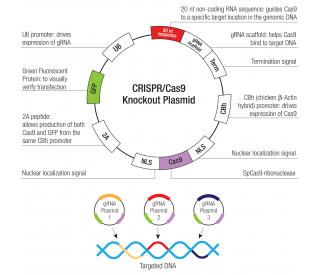
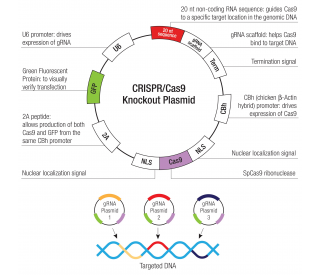
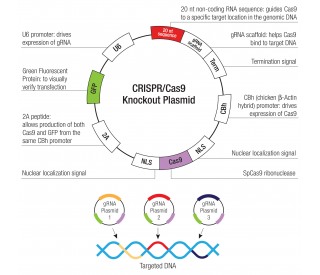
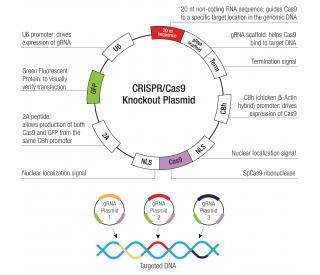
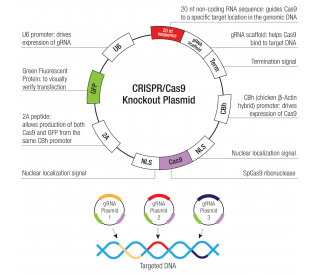
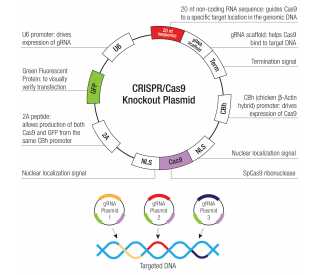



 粤公网安备44196802000105号
粤公网安备44196802000105号